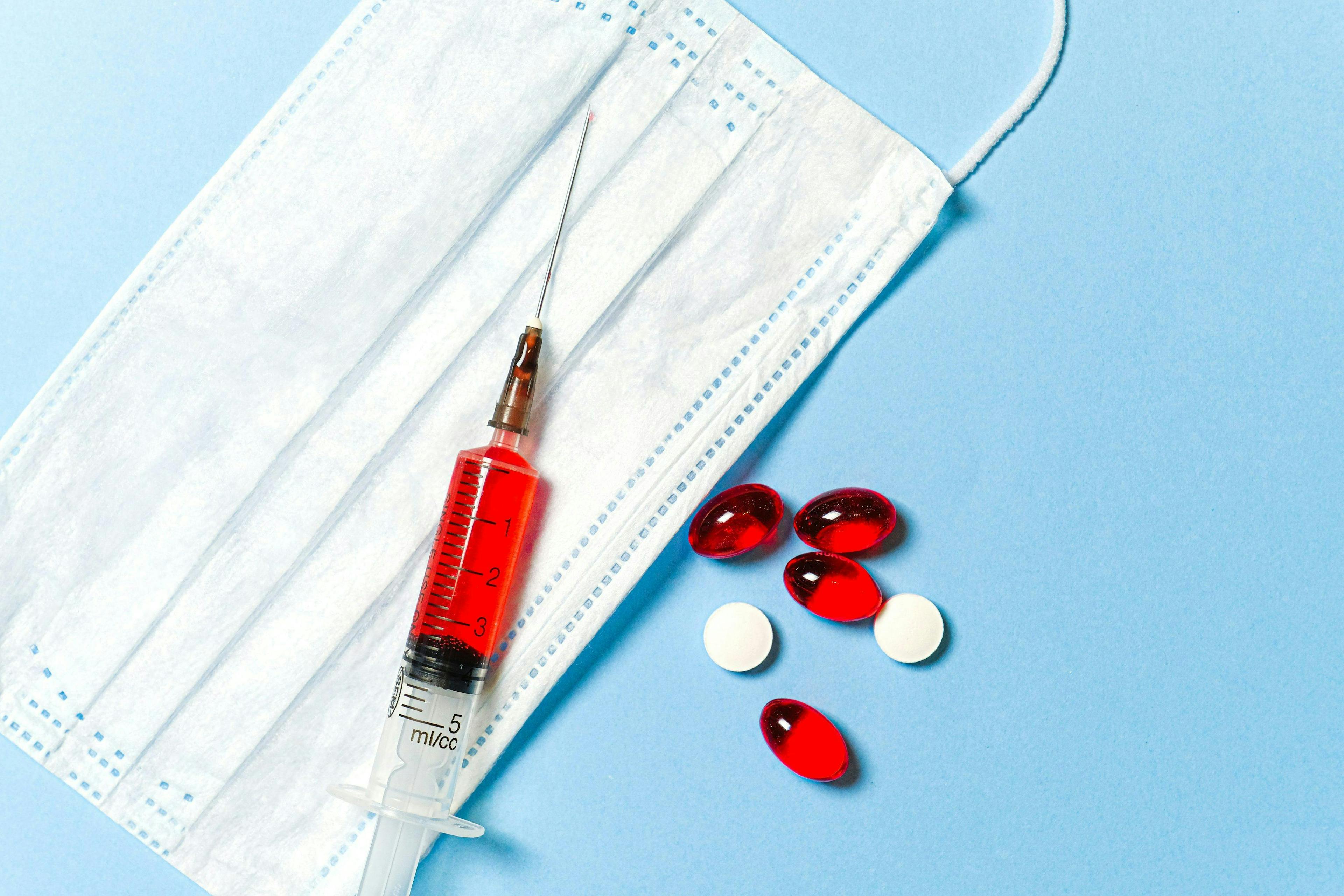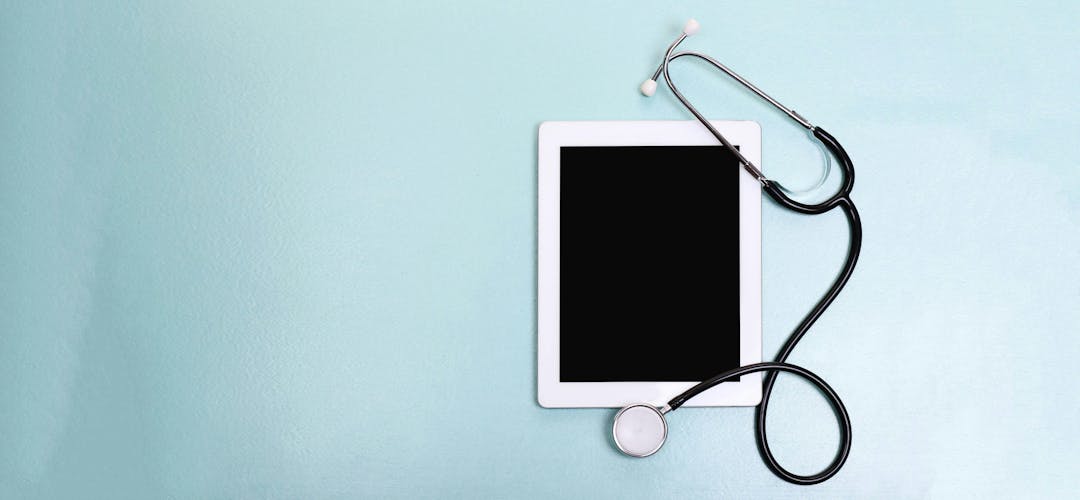Why We’re More Afraid of Vaccine-Related Blood Clots Than We Are of COVID-19
The end of the COVID-19 pandemic appears to be near. At the time of writing, over 211 million doses of the vaccine have been administered.1 Vaccines play a crucial role in achieving herd immunity and stopping the spread of the virus.
However, it hasn’t all been smooth sailing. On April 13th, the U.S. Food and Drug Administration (FDA) and the Centers for Disease Control (CDC) recommended a pause for the Johnson & Johnson (J&J) vaccine.2,3 This decision was made after the discovery of 6 cases where women who had received the J&J vaccine developed a severe blood-clotting condition. To put these 6 cases in perspective, to date, over 6.8 million J&J doses have been administered.3,4
The J&J vaccine is essential in our efforts to mitigate the pandemic. It is widely considered ideal for harder-to-reach populations because it only requires one dose.4 It is thus understandable why the decision to pause its distribution has been met with controversy. With COVID-19 vaccine hesitancy already hampering public health efforts, some experts, such as NYU bioethics professor Dr. Arthur Caplan, are arguing that pausing the vaccine can spur unnecessary anxiety and fear about getting vaccinated, especially given the extremely low risk of severe side effects.5 Others, like GWU Health Policy and Management professor Dr. Leana Wen, argue that the pause demonstrates the high level of cautiousness with which the FDA and CDC are approaching vaccine distribution, and that this decision is proper due diligence.6
Behavioral Science, Democratized
We make 35,000 decisions each day, often in environments that aren’t conducive to making sound choices.
At TDL, we work with organizations in the public and private sectors—from new startups, to governments, to established players like the Gates Foundation—to debias decision-making and create better outcomes for everyone.
The risk in numbers
From a purely numerical perspective, the J&J pause doesn’t appear to be an entirely rational decision. Out of over 6.8 million doses administered, only 6 cases of blood clotting have been reported—a risk of 0.000086%. Meanwhile, the risk of blood clots resulting from COVID-19 infection is 16.5%.7
To make these percentages more tangible: while blood clotting occurred in 6 people out of the 6,800,000 who received the J&J vaccine, if those 6,800,000 people had all caught COVID-19, about 1,122,000 of them would have ended up with blood clots. On top of that, the worldwide mortality rate of COVID-19 of 2.4%.8 Comparatively, the risks associated with the J&J vaccine are extremely small.
A common comparison that has been raised during this debate is with hormonal contraception. For people taking birth control pills, the risk of developing a blood clot is between 3–9 out of 10,000, or 0.09%—nearly 1000x the risk associated with the J&J vaccine.9 Yet, millions of Americans take birth control pills without a second thought.
Regret aversion and the status quo bias
So, even after taking an objective look at the numbers and performing a high-level risk-benefit analysis, why did the FDA and CDC deem it morally acceptable to pause the vaccine? Part of it may be due to a phenomenon known as regret aversion, as well as another called the status quo bias.
Our emotional selves seek to minimize regret, and previous studies have found that we’re more likely to feel regret after taking action, rather than passively accepting the status quo. Taking action shifts the responsibility towards the individual, while inaction shifts it towards uncontrollable factors, such as luck or probability. In essence, if both action and inaction result in the same poor outcome, we tend to prefer the route of inaction.9,10
In the context of the current topic, the COVID-19 pandemic can very well be described as the new status quo, while the introduction of the vaccine is quite recent. Moreover, the decision to administer and receive a vaccine is a deliberate action, while being infected by COVID-19 is more in the hands of chance. As a result, we can anticipate more regret in the event of blood clots caused by the vaccine than blood clots caused by COVID-19 infection, the probability of the latter being far greater. Our fear of regret that comes with the risk of the vaccine overshadows the vaccine’s benefits, especially because negative events are more salient than positive ones.11
I don’t intend to undermine the decision-making of public health officials. Rather, I believe that understanding why we are inclined to be extra cautious can shed clarity on health policy decisions, and improve public health communication to better address vaccine hesitancy.
References
1. Carlsen A. How Is The COVID-19 Vaccination Campaign Going In Your State? In: NPR [Internet]. 28 Jan 2021 [cited 17 Apr 2021]. Available: https://www.npr.org/sections/health-shots/2021/01/28/960901166/how-is-the-covid-19-vaccination-campaign-going-in-your-state
2. Office of the Commissioner. Janssen COVID-19 Vaccine. 2021 [cited 17 Apr 2021]. Available: https://www.fda.gov/emergency-preparedness-and-response/coronavirus-disease-2019-covid-19/janssen-covid-19-vaccine
3. CDC. Recommendation to Pause Use of Johnson & Johnson’s Janssen COVID-19 Vaccine. 16 Apr 2021 [cited 17 Apr 2021]. Available: https://www.cdc.gov/coronavirus/2019-ncov/vaccines/safety/JJUpdate.html
4. Stone W. 1 Shot Or 2 Shots? “The Vaccine That”s Available To You — Get That’. In: NPR [Internet]. 5 Mar 2021 [cited 17 Apr 2021]. Available: https://www.npr.org/2021/03/05/974065532/1-shot-or-2-shots-the-vaccine-thats-available-to-you-get-that
5. Rodriguez A. Some health experts worry Johnson & Johnson pause could cause “grave damage” to public perception of COVID-19 vaccines. USA Today. 15 Apr 2021. Available: https://www.usatoday.com/story/news/health/2021/04/15/j-j-covid-vaccine-pause-could-cause-grave-damage-pandemic-efforts/7234226002/. Accessed 17 Apr 2021.
6. Website. [cited 17 Apr 2021]. Available: https://www.cnn.com/2021/04/15/health/johnson-and-johnson-vaccine-concerns-wellness/index.html
7. Suh YJ, Hong H, Ohana M, Bompard F, Revel M-P, Valle C, et al. Pulmonary Embolism and Deep Vein Thrombosis in COVID-19: A Systematic Review and Meta-Analysis. Radiology. 2021;298: E70–E80.
8. COVID-19 Map – Johns Hopkins Coronavirus Resource Center. [cited 17 Apr 2021]. Available: https://coronavirus.jhu.edu/map.html
9. Kahneman D, Tversky A, DECISIONS AND DESIGNS INC MCLEAN VA., United States. Defense Advanced Research Projects Agency. Prospect Theory: An Analysis of Decision Making Under Risk. 1977.
10. Kahneman D, Tversky A. Choices, Values, and Frames. Cambridge University Press; 2000.
11. Regret Aversion – Biases & Heuristics. 14 Aug 2019 [cited 17 Apr 2021]. Available: https://thedecisionlab.com/biases/regret-aversion/
About the Author
Sanketh Andhavarapu
Sanketh is an undergraduate student at the University of Maryland: College Park studying Health Decision Sciences (individual studies degree) and Biology. He is the co-Founder and co-CEO of Vitalize, a digital wellness platform for healthcare workers, and has published research on topics related to clinical decision-making, neurology, and emergency medicine and critical care. He is also currently leading business development for a new AI innovation at PediaMetrix, a pediatric health startup, and previously founded STEPS, an education nonprofit. Sanketh is interested in the applications of behavioral and decision sciences to improve medical decision-making, and how digital health and health policy serve as a scalable channel to do so.





